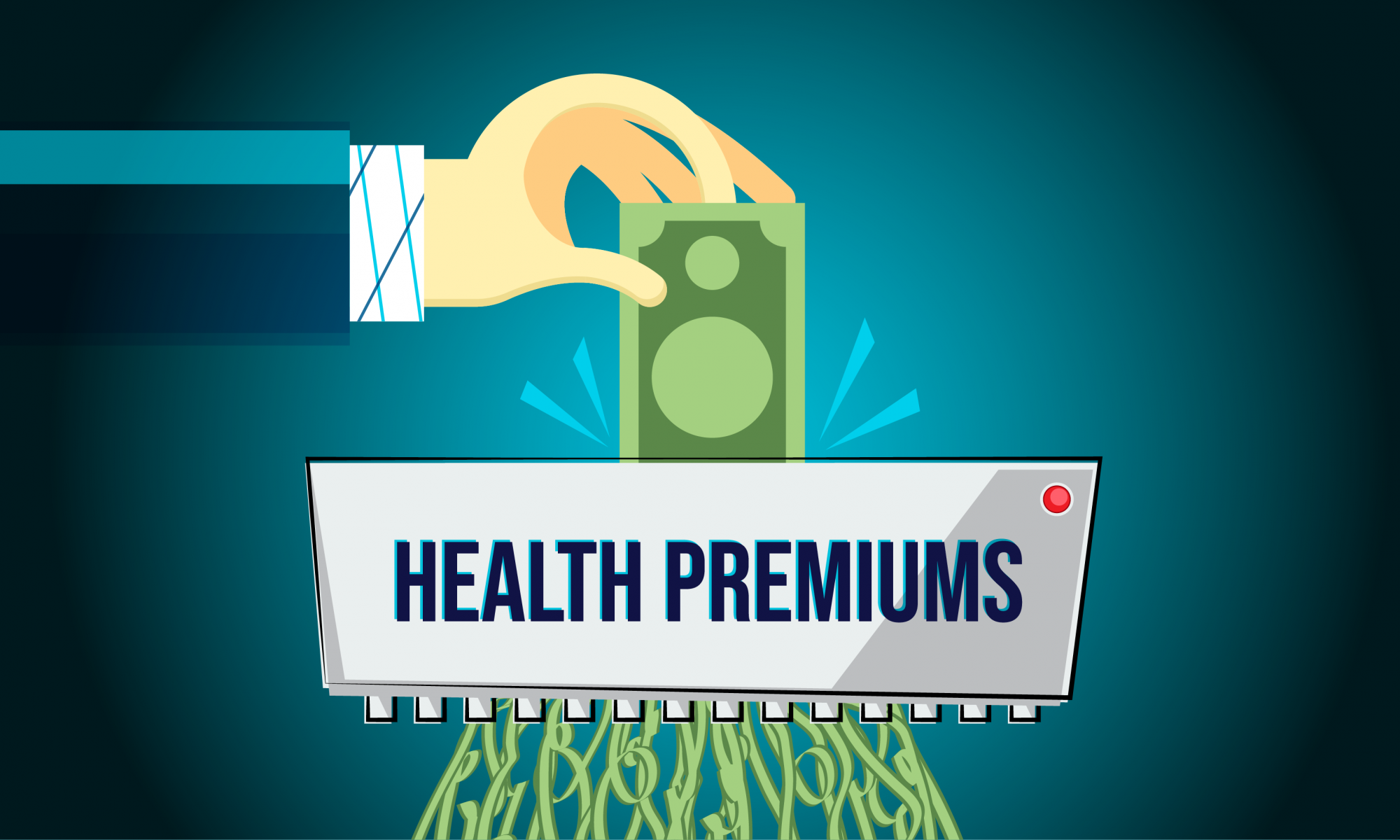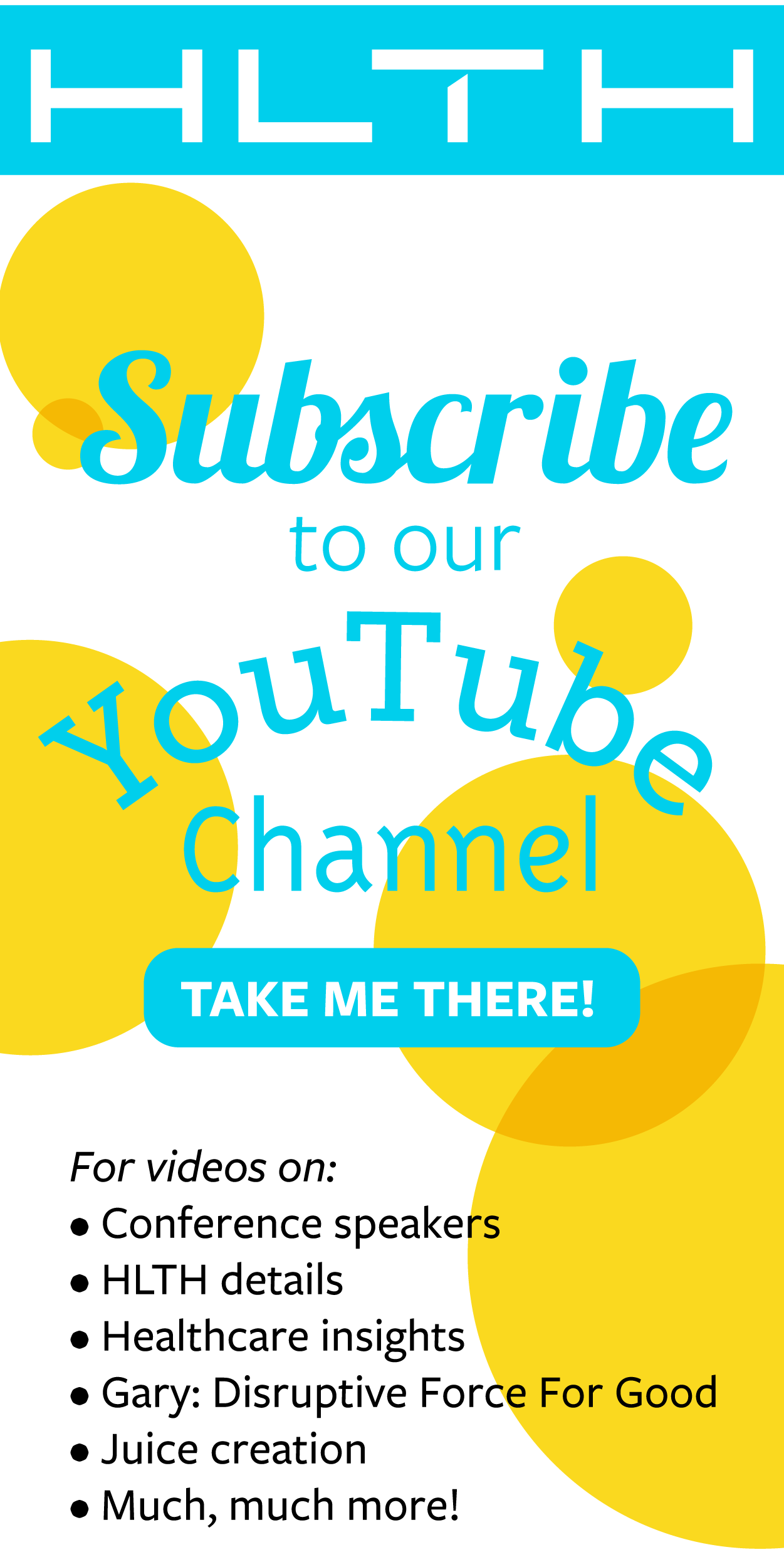AHIP recently published a study that breaks down where every cent of our health dollar goes. The study identifies the 13 areas that our health premiums (insurance) get allocated towards, including prescription drugs, office visits, hospital stays, administrative this and that, taxes, etc.
Examining the breakdown of where the quarters, nickels, dimes and pennies go from every health dollar spent, brings to mind a quote from Andy Rooney, who once said:
“Computers may save time but they sure waste a lot of paper. About 98 percent of everything printed out by a computer is garbage that no one ever reads.”
Similarly, in healthcare, rather than deriving more value from our health spend, we bloat the industry with useless information, overly complicated processes, and excessive services and products. Isn’t it about time we question areas of (wasteful) spending that take place every minute of every day across the health ecosystem, yet deliver no real health value
- When was the last time any of us actually read (let alone understood) an Explanation of Benefits (EOB) letter, a Health Insurance Portability and Accountability Act (HIPAA) consent form, a Summary of Benefits and Coverage (SBC) document, the teensy-weensy information on a prescription drug bottle, or the details behind what is and isn’t covered by your insurance plan?
- How many prescription drugs go down the toilet or in the trash in physician offices, nursing facilities or consumers homes because doctors overprescribe, drug companies over-package, or patients under adhere?
- How much productivity is lost by duplicative data collection and data entry, redundant and cumbersome systems, manual administrative processes, and long waits in the doctor’s office?
- Why do consumers passively put up with unnecessary office visits, care procedures, and payment errors? And why do physicians put up with patients who never show up?
- How many rooms, beds, office facilities, and storage areas go unused, have excess capacity, or are simply holdouts from past business models?
- How many premium – or FSA or HRA – dollars never get allocated towards care because consumers don’t understand how to apply them?
- How is it possible that, for a single health procedure, it takes weeks to calculate accurate costs, months for patients to sort out invoices from a compilation of health providers, and eons (sometimes for-never) for payments to get reconciled?
- How many physicians resort to ordering more labs even when there is no clinical evidence substantiating the need for additional tests?
If we are ever going to reverse the growing cost of health care in the U.S., the foolish and wasteful spending on things that add little to no value to the health of individuals needs to be replaced by sage and sensible strategies that commit every single penny of every precious dollar towards delivering health value.
“Don’t tell me what you value, show me your budget, and I’ll tell you what you value.” – Joe Biden
Following are some incredibly innovative – and disruptive – solutions making wise use of health dollars by getting more health bang for the health buck:
- Sopris Health’s A.I. medical scribe app takes the inefficiencies out of the processes physicians and healthcare providers use to document patient appointments. Physicians can spend more time speaking with patients, as well as free up time to see more patients!
- GoodRx helps consumers find the lowest prices and discounts by collecting and comparing prices for every FDA-approved prescription drug at more than 70,000 US pharmacies. Similarly, RxSavings Solutions brings simplicity, choice, and savings to consumer prescriptions by analyzing a patient’s claims, identifying possible therapies, and recommending optimal prescription drugs at the lowest prices available.
- Lyft Concierge partners with health systems to ensure their patients won’t miss their health appointments due to lack of transportation. This increases physician efficiency, as well as limits negative health impacts related to delayed care.
- Firsthand Technology products are getting patients off potentially harmful and unnecessary opioids by using VR to relieve pain, treat mental illness, and inspire healthy lifestyles.
- Seventh Sense Biosystems is developing TAP, the world’s first push-button blood collection device that will enable diagnostic testing to be performed safely and painlessly by virtually anyone, anywhere, thus eliminating the need to get to a physician’s office or a lab test facility.
- Oscar Health pretty much eliminates the need to print, read and try to comprehend your health plan. The Oscar app lets individuals find doctors, check labs and prescriptions, pull up a plan ID card, track deductibles, get help from a concierge, talk to a doctor and earn money for health behaviors – without ever leaving their phone!
- OODA Health cuts the slack and slop out of medical billing and payment by streamlining the process with real-time adjudication, easy to understand invoicing, and immediate claims settlement.
- Choosing Wisely is a campaign that seeks to eliminate unnecessary care by spurring conversations between doctors and patients on which care treatments, including lab tests, would be appropriate based upon the recommendations from national organizations representing medical specialists.
The U.S. health system is complex and opaque, making it difficult to determine how much health care products and services cost. Thankfully, there is a growing appetite to develop and deploy technologies and strategies that both caregivers and care recipients can bank on to make pound- and penny-wise health spending decisions.
HLTH: The Future of Healthcare. Won’t you join us in reimaging and reinventing health – for all?
Catch up on all things HLTH by subscribing to our YouTube channel and following us on Twitter @HLTHevent.

